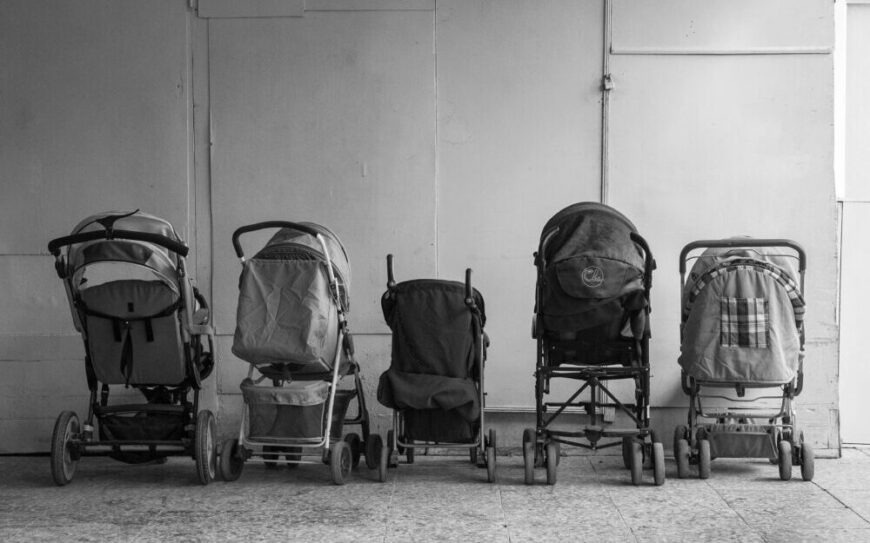The Role of Child’s Gender in Fertility and Family Structure: Evidence across Countries and Centuries
Previous studies have documented that a child’s gender affects future fertility and family structure across several parts of the world. This paper use a comprehensive sets of data sources to examine its heterogeneity across countries and cohorts. Using individual-level data of 516 sample-years from 98 countries that span more than 300 years, I find that, on average, families increase their number of children if their first-born child is a girl. However, this average effect contains substantial heterogeneity. A cohort analysis using data of more developed countries suggests that these effects are concentrated in periods of fertility declines, specifically late 19th century. The effects are also primarily confined to Asia, specifically southeast Asia and Middle-East. Moreover, the fertility effects are significantly stronger among low educated mothers and those residing in countries with lower gender equal norms. Some policy implications are discussed.
Population Review
Volume 62, Number 1, 2023
Type: Article, pp. 20-71
The Role of Child’s Gender in Fertility and Family Structure: Evidence across Countries and Centuries
Authors: Hamid Noghanibehambari
Authors affiliations: Center for Demography of Health and Aging (CDHA) University of Wisconsin-Madison
Corresponding author/address: Center for Demography of Health and Aging (CDHA) University of Wisconsin-Madison,1180 Observatory Drive, Madison, WI 53706 USA
Abstract
Previous studies have documented that a child’s gender affects future fertility and family structure across several parts of the world. This paper use a comprehensive sets of data sources to examine its heterogeneity across countries and cohorts. Using individual-level data of 516 sample-years from 98 countries that span more than 300 years, I find that, on average, families increase their number of children if their first-born child is a girl. However, this average effect contains substantial heterogeneity. A cohort analysis using data of more developed countries suggests that these effects are concentrated in periods of fertility declines, specifically late 19th century. The effects are also primarily confined to Asia, specifically southeast Asia and Middle-East. Moreover, the fertility effects are significantly stronger among low educated mothers and those residing in countries with lower gender equal norms. Some policy implications are discussed.
Keywords
Son Preference, Gender Bias, Gender Discrimination, Fertility, Family Planning, Family Economics, Family Structure, Sex Selection, History, Culture
© 2023 Sociological Demography Press
MLA
Noghanibehambari, Hamid. “The Role of Child’s Gender in Fertility and Family Structure: Evidence across Countries and Centuries.” Population Review, vol. 62 no. 1, 2023, p. 20-71. Project MUSE, doi:10.1353/prv.2023.0001.
APA
Noghanibehambari, H. (2023). The Role of Child’s Gender in Fertility and Family Structure: Evidence across Countries and Centuries. Population Review 62(1), 20-71. doi:10.1353/prv.2023.0001.
Chicago
Noghanibehambari, Hamid. “The Role of Child’s Gender in Fertility and Family Structure: Evidence across Countries and Centuries.” Population Review 62, no. 1 (2023): 20-71. doi:10.1353/prv.2023.0001.
Endnote
TY – JOUR T1 – The Role of Child’s Gender in Fertility and Family Structure: Evidence across Countries and Centuries A1 – Noghanibehambari, Hamid JF – Population Review VL – 62 IS – 1 SP – 20 EP – 71 PY – 2023 PB – Sociological Demography Press SN – 1549-0955 UR – https://muse.jhu.edu/pub/251/article/878934 N1 – Volume 62, Number 1, 2023 ER –
Always review your references for accuracy and make any necessary corrections before using. Pay special attention to personal names, capitalization, and dates. Consult your library for more information on citing sources.




